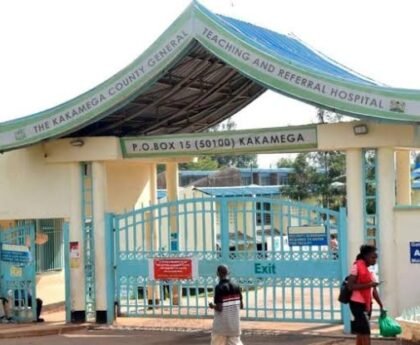The Energy and Petroleum Regulatory Authority (EPRA) plays a pivotal role in determining fuel prices in Kenya, a matter that has been of high significant concern for Kenyans.
EPRA bases its calculations on the weighted average cost of imported refined petroleum products, the prevailing monthly US dollar to Kenya shilling exchange rate, and relevant taxes and levies. It’s worth noting that these prices undergo monthly reviews, with announcements made on the 14th day of each month.
However, despite these structured methodologies, Kenya’s fuel prices remain notably higher than the global average, as evidenced by data from GlobalPetrolPrices.com. For instance, while the worldwide average for gasoline stands at USD 1.20 per liter, Kenyan prices hover around USD 1.30 per liter. Similarly, diesel and kerosene prices in Kenya outstrip global averages by significant margins.
These inflated fuel prices exert a substantial strain on the cost of living and the overall economy. A report by Statista highlights that the cost of a 40-liter gasoline tank in Kenya accounts for a staggering 32.26% of the average monthly income. Such statistics underscore the heavy burden many Kenyans bear, with a substantial portion of their earnings being channeled towards fuel expenses, leaving fewer resources for other essential needs.
Moreover, the repercussions extend beyond individual households, impacting the broader economy. Elevated fuel prices inevitably translate to increased transportation and production costs, thus inflating the prices of goods and services. This, in turn, fuels inflationary pressures and curtails overall economic growth prospects.
EPRA’s methodologies provide a structured approach to fuel pricing, the persistently high prices in Kenya underscore the urgent need for comprehensive strategies to alleviate the burden on citizens and stimulate sustainable economic growth.





